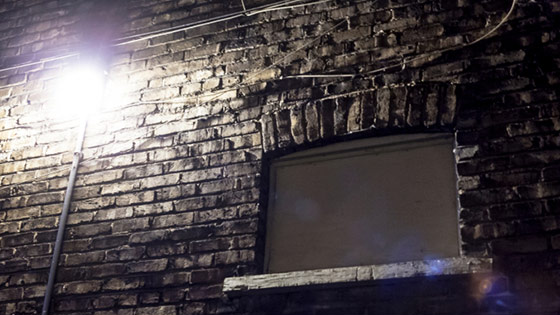
Closely monitor any vacant buildings next to your property.
U.S. fire departments respond to about 30,000 structure fires in vacant buildings annually, according to the National Fire Protection Association, with an average of 60 deaths, 160 injuries and $710 million in direct property damage reported per year. In addition, approximately 20 firefighters died while fighting structure fires.
These statistics do not include losses to adjacent properties. The spread of fire to neighboring businesses and communities is a greater threat in urban areas where structures are closer together. Many vacant properties are not insured at all or don’t have policy payment limits high enough to cover the full replacement cost after a total loss.
Vacant buildings can also attract vandalism and other criminal activity to a neighborhood. Arson in particular is a concern.
You can take several steps to reduce the chances of a vacant building fire affecting your property:
- Keep the area between buildings free of brush, garbage and debris. This reduces the amount of fuel available for a fire and reduces the likelihood of spread to adjacent properties.
- Check vacant building ordinances in your area. Cities may require property owners to immediately secure and register vacant buildings or to place a sign on the property showing that it is vacant and providing contact information of the building owner.
- Watch for and report suspicious activity in and around the vacant building. This includes monitoring window coverings and doors or an unusual amount of foot traffic around the building. Vacant dwellings can serve as a haven for criminals and vagrants.
- Install security cameras and lighting between buildings to make it less attractive to those looking for a dark and secluded area to conduct criminal activity.
Idle facilities and adjacent properties require the same considerations given to facilities in full operation. Take precautions to reduce exposures to theft, vandalism and fire, and work with your local fire department to ensure it is informed of the exposures present.
This loss control information is advisory only. The author assumes no responsibility for management or control of loss control activities. Not all exposures are identified in this article.
